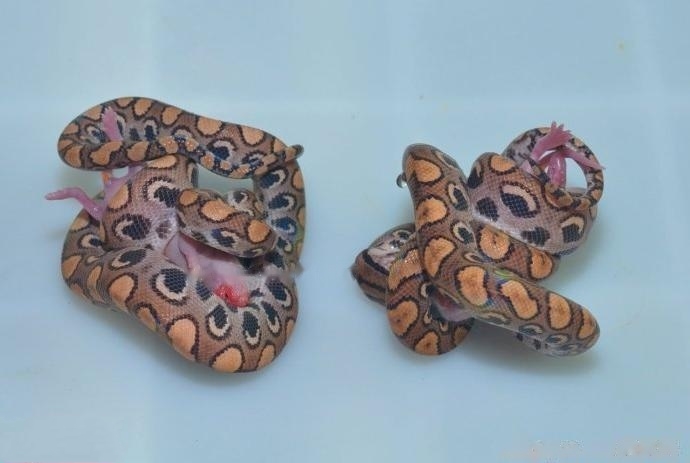Introduction to the common disease of snakesPneumonia
Snake pneumonia mostly occurs in the summer season, and it is common in female snakes that fail to recover as soon as possible after laying eggs. The disease has the characteristics of fast spread and slow cure, and is currently the most incurable disease among snake diseases. The key lies in early detection and early treatment. Once found late, it is difficult to cure the sick snake, and there will be a phenomenon of dead snakes one after another.

Pneumonia, a common disease of snakes
This disease is more common in the midsummer season and is most common in spawning The female snake who failed to recover as soon as possible. The disease has the characteristics of fast spread and slow cure, and is currently the most incurable disease among snake diseases. The key lies in early detection and early treatment. Once found late, it is difficult to cure the sick snake, and there will be a phenomenon of dead snakes one after another. Individual snakes with poor constitution can also cause this disease due to a cold, and finally die due to respiratory failure. Most of them are manifested as not closing the mouth, sticky phlegm in the mouth but not red and swollen, not wanting to eat or return to the cave, breathing with a dull hula sound or poor molting, and all have the symptoms of drinking a lot of water.
The specific treatment methods are as follows:
⑴ Injection of penicillin and streptomycin because pneumonia is caused by Gram-negative or Gram-positive bacteria , In order to achieve a good healing effect, penicillin and streptomycin are usually injected separately at the same time to achieve the purpose of rapid control of the disease. The dose can be controlled at 200,000 units/kg of penicillin and streptomycin (according to the severity of the disease), and the dose may be increased for the first treatment to determine whether the disease can be controlled earlier. It is injected once a day in the morning and evening, generally for more than 1 week, and some severe cases can take up to 3 weeks. If you rush into the snake garden after the symptoms are relieved, there is a possibility of relapse, and it will also harm healthy snakes. Therefore, the disease must be cured at one time to prevent recurrence.
(2) For the first time, take a bottle of cefazolin sodium (0.5 g/bottle) and dilute it with water for injection, then beat the snake 8 kg, and then reduce it to 16 kg per bottle, once a day in the morning and evening, until full recovery. If there is sticky phlegm in the mouth of the snake or the breathing is accompanied by severe murmur, another anticholinergic drug, atropine sulfate, can be injected. The dosage should be controlled at 0.02~0.04 mg/kg, intramuscular injection, once a day, 2 times in severe cases, continuous injection for 7~10 days is appropriate.
In addition, compound berberine, ofloxacin and Yandi injection are also effective for snake pneumonia. When treating sick snakes, you may wish to change the drug to avoid drug resistance. At the same time of injecting antibiotics, apply 100 toxin or the above-mentioned injection quality dilution
Introduction of common snake disease pneumonia
liquid on the habitat of snakes , the snake bag and the surrounding environment are sprayed and disinfected twice a day. If a dead snake is dissected and found to have parasites in the chest and liver, levamisole or ivermectin can be used to deworm the snake during the treatment process, twice a week, which is of great significance to promoting the recovery of the snake.
![[Dog Training 5] The training method of pet dog dining etiquette](/static/img/12192/12192_1.jpg)




